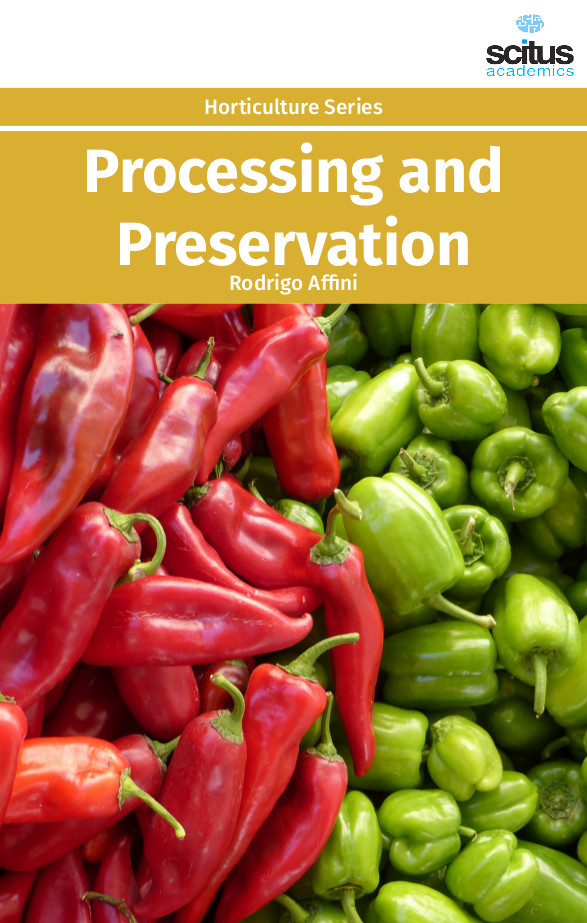Horticultural crops such as fruits and vegetables are very important in human nutrition because when consumed in adequate amounts, they are an important source of vitamins, mineral nutrients and fiber. Processing of fruits and vegetables is very important to preserve quality. The magnitude of postharvest losses of fresh fruits and vegetables is estimated to be 5 to 25% in developed countries and 20 to 50% in developing countries depending upon commodity. In spite of having varied agro-climatic conditions, abundance of natural resources like sunlight and water, sufficient labor availability and abundant produce, our country is trailing behind in productivity, export and processing of horticultural produce as compared with other horticultural advanced countries. Further, due to lack of adequate post-harvest handling, processing and infrastructure facilities, post-harvest losses caused by spoilage are very high. It is estimated that post-harvest losses of horticultural produce range between 8-37 per cent. Generally losses occur during pre-harvesting, harvesting, transportation, storage, and processing, packing, marketing and distribution stages. When conditions are not suitable for storage or immediate marketing of fresh produce, many horticultural crops can be processed using simple technologies. There are some processing methods that can be used by small-scale handlers, including drying, fermenting, canning, freezing, preserving and juicing. Fruits, vegetables and flowers can all be dried and stored for use or sale in the future. Fruits and vegetables can be canned or frozen, and fruits are often preserved in sugar or juiced. The main objective of fruit and vegetable processing is to supply wholesome, safe, nutritious and acceptable food to consumers at affordable prices throughout the year. Successful fruit and vegetable processing enterprises require a lot of skill and provision of a consistently high quality product. Processors must therefore employ quality control measures to ensure uniformity and consistency in their products.
The book covers the processing of a wide range of fruit, vegetable and root produce. These foods are the cornerstone of good health and contain many different vitamins and minerals. This book presents several pre- and postharvest strategies that have been developed to modify these physiological activities, resulting in increased shelf life. This will be of invaluable for students, professional horticulturalists and readers with interest in the subject.













